
So you have accepted that career, family, and other interests are going to limit your climbing development, but by how much? While elite performance isn’t attainable on a couple of climbing sessions each week, with shrewd planning you may be surprised what can be achieved in only a few hours a week of climbing time.
As a mountain biker with a pre-school family I decided to spend a year exploring the limits of climbing progress on a tight time budget. I’ll share some of my tactics and results in this article.
How much time?
Be totally honest about the climbing time you have available. I decided I couldn’t guarantee more than twice weekly evening or half-day sessions (including the weekend). Having accepted that either a full day or a third weekly session would be an unexpected bonus avoided the frustration I’d feel if I’d planned to do more than was realistic.
Over the year I climbed 109 times; 52 indoors and 57 outside, averaging 2.1 times (6 hours) per week. I had 5 full days out climbing (3 of these on a sport climbing trip).
‘Man who chases two rabbits catches neither one’
If you really want to progress then narrow the field of skills you’re trying to attain – specialise. I chose to focus exclusively on bouldering as it has the shortest walk-ins, fastest drying rock and isn’t partner-reliant. As I knew this was a one-year plan I was happy to set aside sport and trad for the future in order to get better results.
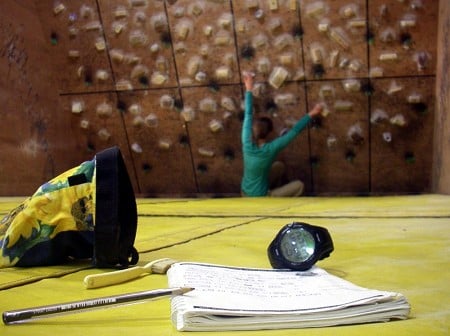
Goal Setting
Motivation is key to success and there’s no better way to dampen it than to drift goal-less from one summer to the next. The much loved SMART acronym is a good place to start:
Specific – a particular grade, problem or route? Outside or inside?
Measurable – ‘solid at the grade’ is not measurable - is that ten VS’s or thirty?
Ambitious - if it’s not, you won’t get motivated.
Realistic – do you have the venues/money/psyche in easy reach?
Time-bound – Knowing there’s a deadline will aid focus. I picked a 52 week block for my goal.
Swap Quantity for Quality
The bottom line is if you’re going to see continuous gains on less than 8 hours of weekly climbing, the session quality needs to be amazing. Split your climbing performance into the following categories and get feedback on your performance in them:
Technical: Movement quality, body awareness, breathing technique, balance.
Tactical: Move reading, sequence and route planning, visualisation skills, pacing, discipline-specific tactics.
Psychological: Anxiety management skills, fear of failure, performance anxiety, external/internal motivators.
Physical: Finger strength, flexibility, power, power endurance, endurance.
Having received the feedback with open arms, use it to shape your sessions. Constantly revisit these four elements to try and worm out the weakness which will give you the fastest gains. Try and make you training as much like your goal as possible, for me this meant spending my indoor sessions on walls of a similar angle, hold size and number of moves to my goals outside. Spending the winter climbing 20 move routes in 5 minutes won’t prepare you for 50 move trad pitches that take 40 minutes.
Swap Volume for Intensity
The bonus of not climbing more than 2-3 times a week is that you’re well rested for each session, and you can make every session a high intensity one. If you have a local wall, buying a block membership is a good way to ensure you leave when you’ve still got some energy left (instead of staying to ‘get your money’s worth’), and still turn up for a session even when you’ve only got an hour or so. Regular short, high quality and intensity sessions will always trump sporadic mega-sessions.
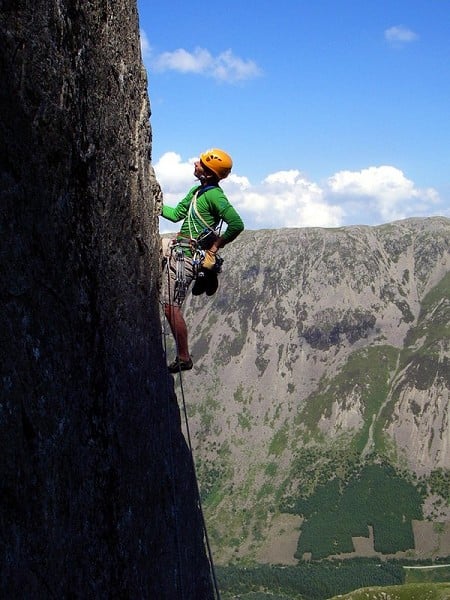
Injury Reduction and Management
If you want high performance or a long career (maybe both!) in any sport, you must play ‘the long game’. Injuries aren’t really avoidable; it’s more about reducing the rate of them, and managing them well. Talk to any veteran high performer in sport and you’ll see they’ve not dodged every injury, they’ve dealt really well with (and learnt from) the injuries sustained, however minor. Apply the same zeal and focus to fixing tweaks as you would to getting fitter. Ignoring problems or extended periods of total rest are rarely what the body needs.
The proactive approach: ‘before any long journey, check the oil level and tyre pressures’. Rather than wait for something to fail, ask a recommended physio to check your biomechanics and find out what you’re doing wrong. If you can’t sit, stand, balance and breathe with the right muscles, the foundations are too shaky to build on. You’ll leave with a servicing/maintenance schedule that if followed will keep you from the chronic injuries caused by long-term movement dysfunction such as lower back, shoulder, neck, elbow, hip and knee troubles.
Seeing a physio when I was uninjured was the best £35 I’ve ever spent on my climbing.
Here’s my years’ injury summary. While it may look a lot, by careful management they remained minor injuries which I climbed through, except the big toe that cost me three weeks off the rock:
Nine minor finger tweaks
Minor tennis elbow in both arms
Minor golfers elbow in both arms
One muscle strain (Latissimus Dorsi)
One bruised heel
One dislocated big toe – 3 weeks off (don’t ask how!)
Supplementary Training
Climbing is fundamentally a skill based activity so fingerboards, campus boards, weights and core workouts only work as a supplement to a high volume of quality climbing movement, and mostly at an elite level. If more than 10% of your total climbing time is spent on these, it’s unlikely it will improve you more than extra climbing would, and it may make your technique worse. Compare the numbers in my training here to my injury reduction exercises:
Fingerboard sessions: 20 (5 during foot injury period)
Campus board sessions: 2 (whilst unable to climb due to foot injury)
Core workouts, flexibility training, other training: None
What non-climbing training time is really about for the time-starved climber is injury reduction exercises. Your chance to ensure your body is finely tuned and maintained ready for the next climb.
My years’ injury reduction exercises:
2,861 repetitions of physiotherapy exercises
Elbow eccentrics: 2,745 repetitions
30 Finger icing sessions
22 Foot icing sessions (following dislocation)
Dear Diary
Keeping a training diary or joining a forum of like-minded climbers is a great way to maintain focus and motivation. Remember to record your state of mind, injuries and external influencing factors as well as your climbing - it’ll help you recognise patterns and foresee future issues. I draw grade pyramids, pin them on the wall and colour them in as I go - anything to aid motivation. Finally don’t forget to celebrate you successes, I know it’s not British but it works! I have a pie from the local butchers every time I break a new grade.
So how did I do with my experiment? After a year on my 6 hours a week schedule I’d gone from a five month lay-off to eating three pies and bouldering V10/font 7c+.
Being short of time doesn’t mean never improving. What could you achieve in a few hours a week?
If you would like to book a coaching or instructing sessin with John, you can visit his website at johnkettle.com

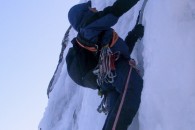

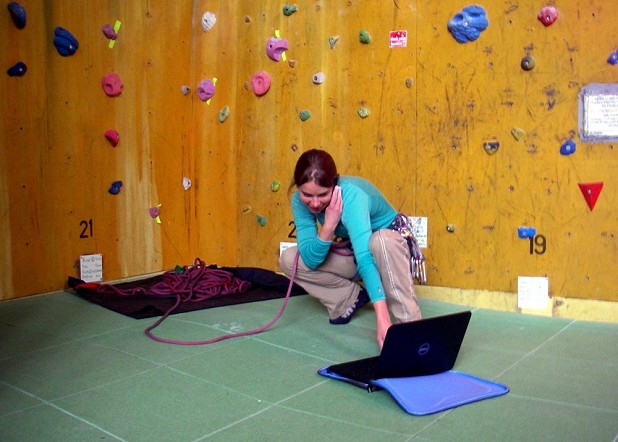

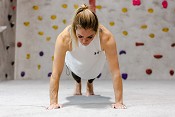


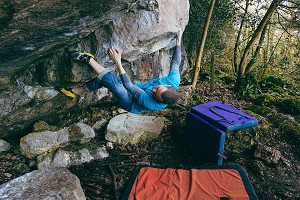
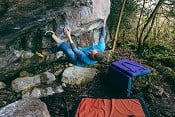








Comments